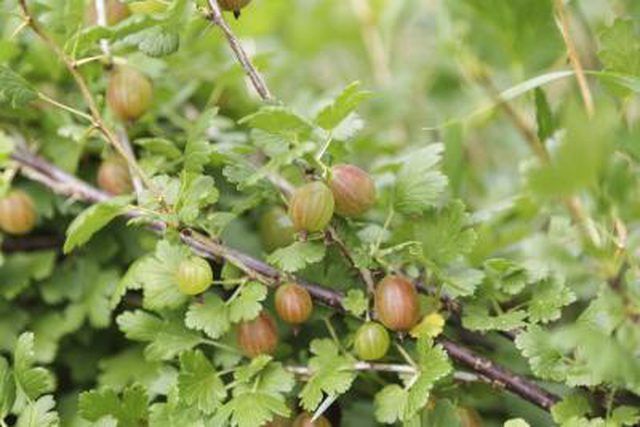Bulbs
Flower Basics
Flower Beds & Specialty Gardens
Flower Garden
Garden Furniture
Garden Gnomes
Garden Seeds
Garden Sheds
Garden Statues
Garden Tools & Supplies
Gardening Basics
Green & Organic
Groundcovers & Vines
Growing Annuals
Growing Basil
Growing Beans
Growing Berries
Growing Blueberries
Growing Cactus
Growing Corn
Growing Cotton
Growing Edibles
Growing Flowers
Growing Garlic
Growing Grapes
Growing Grass
Growing Herbs
Growing Jasmine
Growing Mint
Growing Mushrooms
Orchids
Growing Peanuts
Growing Perennials
Growing Plants
Growing Rosemary
Growing Roses
Growing Strawberries
Growing Sunflowers
Growing Thyme
Growing Tomatoes
Growing Tulips
Growing Vegetables
Herb Basics
Herb Garden
Indoor Growing
Landscaping Basics
Landscaping Patios
Landscaping Plants
Landscaping Shrubs
Landscaping Trees
Landscaping Walks & Pathways
Lawn Basics
Lawn Maintenance
Lawn Mowers
Lawn Ornaments
Lawn Planting
Lawn Tools
Outdoor Growing
Overall Landscape Planning
Pests, Weeds & Problems
Plant Basics
Rock Garden
Rose Garden
Shrubs
Soil
Specialty Gardens
Trees
Vegetable Garden
Yard Maintenance
How to Prune Gooseberries
How to Prune Gooseberries. Gooseberry bushes provide sweet, tart berries for jams, jellies and snacking. The bushes respond to annual pruning with prolific harvests. American gooseberries (Ribes hirtellum) and European gooseberries (Ribes uva-crispa) both grow in the U.S., but European gooseberries grow poorly in some areas because of their...

Gooseberry bushes provide sweet, tart berries for jams, jellies and snacking. The bushes respond to annual pruning with prolific harvests. American gooseberries (Ribes hirtellum) and European gooseberries (Ribes uva-crispa) both grow in the U.S., but European gooseberries grow poorly in some areas because of their vulnerability to powdery mildew. Hardy in U.S. Department of Agriculture plant hardiness zones 3 through 8, gooseberries grow in multistemmed clumps and bear grape-sized berries singly or in groups of two or three. Most varieties carry long, sharp spines, so take care when pruning or harvesting the bushes. Cornell University warns that gooseberries are banned in some areas of northern states, because the plants can carry a disease called white pine blister rust. Check with your local agricultural extension or nursery to see if gooseberries can be grown in your area.
Things You'll Need
Thick leather gloves
Rubbing alcohol
Pruning shears
Put on thick leather gloves. Wipe the pruning shear blades with rubbing alcohol to sterilize them.
Prune only spindly, dead and damaged stems on one- to three-year old gooseberries, allowing four or five healthy canes to develop yearly. Prune in early spring before growth begins. Prune the stems at ground level, and sterilize the pruning shears again after use.
Prune gooseberries four years old and older in early spring, pruning the weakest and the oldest stems at ground level. The oldest stems are thicker and darker than the others. Leave nine to 12 stems per bush. Alternatively, prune all the stems at ground level, which encourages gooseberries to produce large fruit.
Prune gooseberry stems suffering from powdery mildew if they become infected during the growing season. Powdery mildew is a fungal infection that causes white, powdery patches, poor growth and death. Prune 3 inches below the infected area, cutting just above a leaf node. Leaf nodes are raised bumps on stems where new growth sprouts. Put gooseberry stems and fruit suffering from powdery mildew in a sealed plastic bag in the trash.
Tips & Warnings
Two gooseberries resistant to powdery mildew are "Invicta" (Ribes uva-crispa var. reclinatum "Invicta") and "Hinnonmaki Rod" (Ribes uva-crispa "Hinnonmaki Rod"), both hardy in USDA zones 4 through 6. "Invicta" bears prolific pale green berries and grows 2 to 5 feet tall and 3 to 6 feet wide; "Hinnonmaki Rod" bears large, red berries and grows to the same dimensions.
If you're growing gooseberries to eat fresh, leave them on the bushes for three weeks after they stop growing and change color, to allow their sweetness to develop.